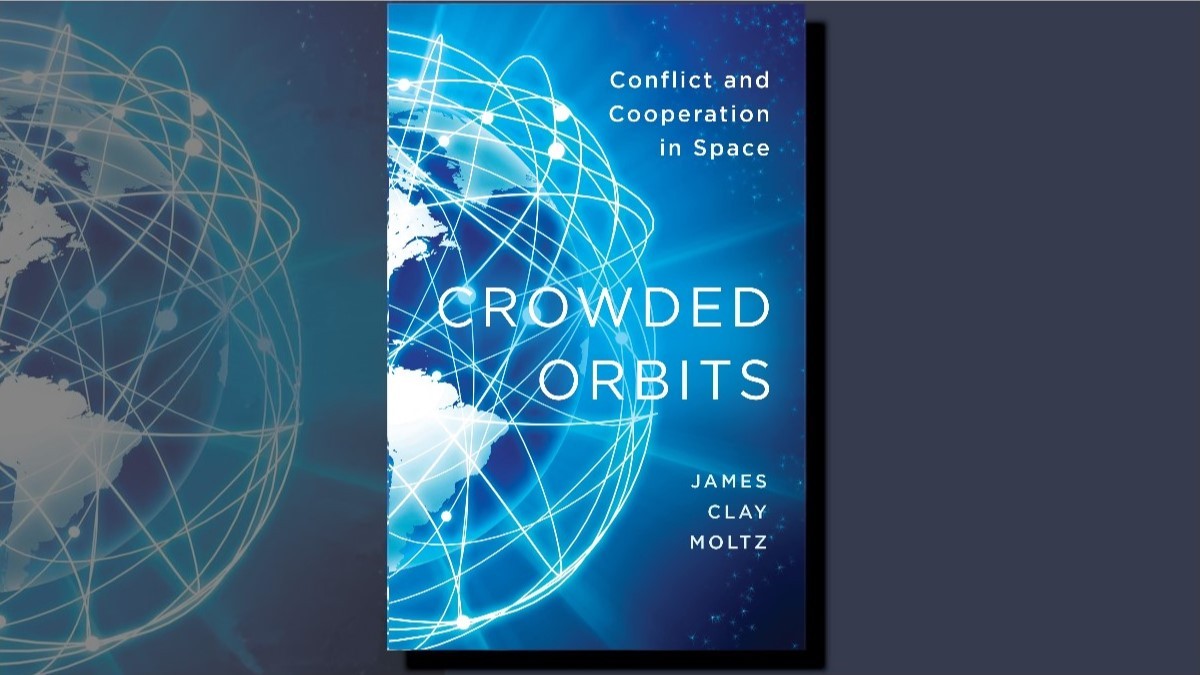The Huntington Imperatives
Understanding aspects of political and sociological theory will help commanders at all levels balance the actions of their ‘strategic corporals’ with the perceptions of a domestic audience. In a previous post, I looked at one way of analysing the place of armed forces in society through a sociological idea known as the Institutional/Occupational Thesis. This theory is relatively easy to test because it really only applies to one party—the military organisation—and you can test it on yourself! Samuel P. Huntington’s institutional theory on the other hand, requires us to understand the mood in the military organisation and the civilian population at the same time.
Institutional theory is based on the central idea of civilian control of the military. Before you say ‘but, of course!’, remember that Huntington was writing in the post WW2 period that was the Cold War, where American military and civilian ideologies were diverging and there was a perception that the military might not always represent the interests of the people. Civilian control, thought Huntington, could be exercised by maximising civil power over military affairs (which he called subjective control) or minimising that power (objective control). Objective control is preferable and is achieved by having a professional, volunteer force, and granting them sufficient autonomy to get the job done. However, any form of civilian control is shaped by two variables: the functional imperative—doing what needs to be done to repel the external threat—and the societal imperative—representing the social institutions, values and ideologies of the nation. Here is where Huntington thought there could possibly be tension—or even conflict.
That tension is evident in national military strategy in our commitment to decisive and kinetic warfare. As the CDF said in a recent speech, ‘Australian society tends to see war in hard binary terms’, but we as practitioners understand that not to be the case. War between states can be asymmetric and may require an unorthodox approach which may test the ‘values and ideologies of the nation’.
The tension between functional and societal imperatives is also evident in Army in what we call ‘cultural policy’. The fact that we think we need our own cultural policy assumes a separation between the Army and broader Australian society. That separation may have resulted in each group having different values and ideologies, but what is the dominant ideology of the Australian people, and is it really any different from the ideology of the individuals in the ADF? Huntington assumed there were four basic ideologies: moderate left and right, and extreme left and right. The Australian Values Statement, as given to Australian visa applicants, and the Army Values Statement could both be described as moderately liberal in that they preference personal improvement, mutual respect, acknowledgement of difference and commitment to the rule of law. They probably only differ in their emphasis on the individual (Australian Values) or the group (Army values) as the most important unit. So perhaps we are creating the perception of ideological difference in order to justify the functional imperative. We would not be the only ones to do this.
An interesting 2013 study of United States Military Academy cadets which measured their political ideology in relation to their civilian counterparts, showed that the cadets perceived themselves as more conservative than their civilian counterparts, but actually held moderate political views when tested on policy. It is difficult to imagine how Army members could fully represent the political ideology of the Australian public, when they don’t represent the demographic. After all, the Australian Army is exclusive and self-selective, and therefore it is not unreasonable to assume that the broad spectrum of Australian socio-political views will not be evenly represented.
Should, therefore, our cultural policy be based on Australian societal values, or are there circumstances where upholding those values might affect our capability? For instance, are we always party to the need to minimise civilian casualties in urban operations? Ethical standards and behaviour is just one area of cultural policy where the societal imperative changes faster than the functional, and can appear at odds with it. Does this diminish our ability to win, if we can’t win at all costs? Sharing common values makes for a harmonious working relationship, however, if the civil-military relationship is harmonious, does that mean that the military members are subordinating themselves to the civil power to the detriment of national security? Or can civil-military tensions actually be healthy? Perhaps it is the role of the military to explain the functional imperative to the public.
Unpacking the societal imperative is complex, but important for Army to understand in terms of public support for maintaining a relatively costly standing force, public reaction to scandal and atrocity, and motivation for providing labour for the ADF. Army acknowledges the societal imperative in many of its outreach activities including recruiting strategies, strategic communication, and cultural policy, but it has a harder time communicating the functional imperative.
The views expressed in this article and subsequent comments are those of the author(s) and do not necessarily reflect the official policy or position of the Australian Army, the Department of Defence or the Australian Government.
Using the Contribute page you can either submit an article in response to this or register/login to make comments.




